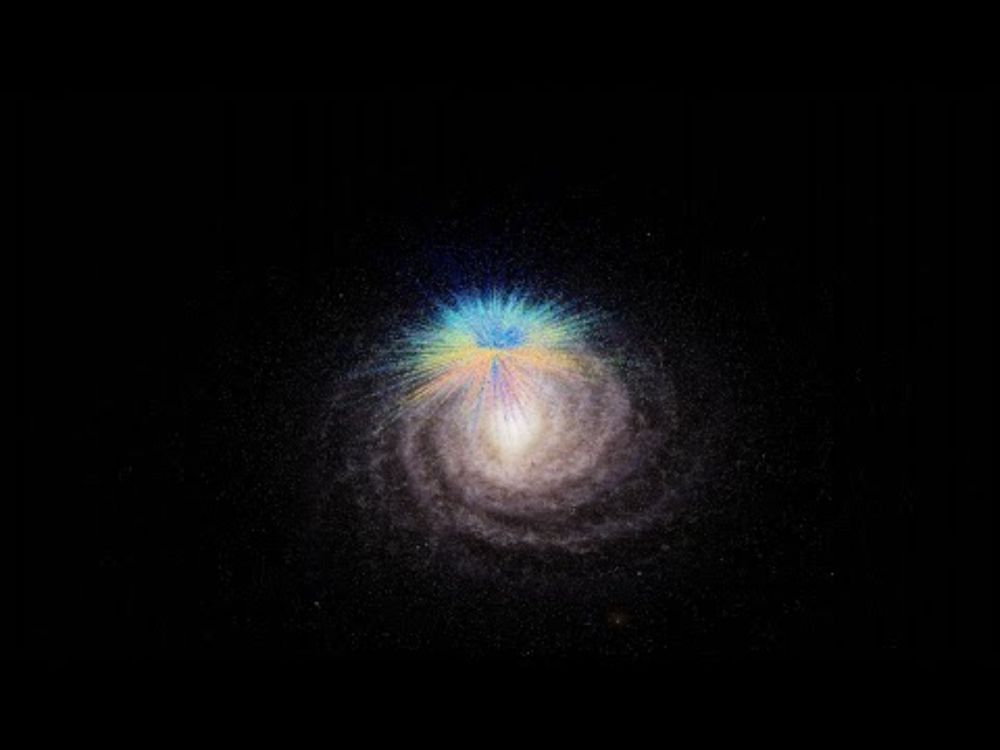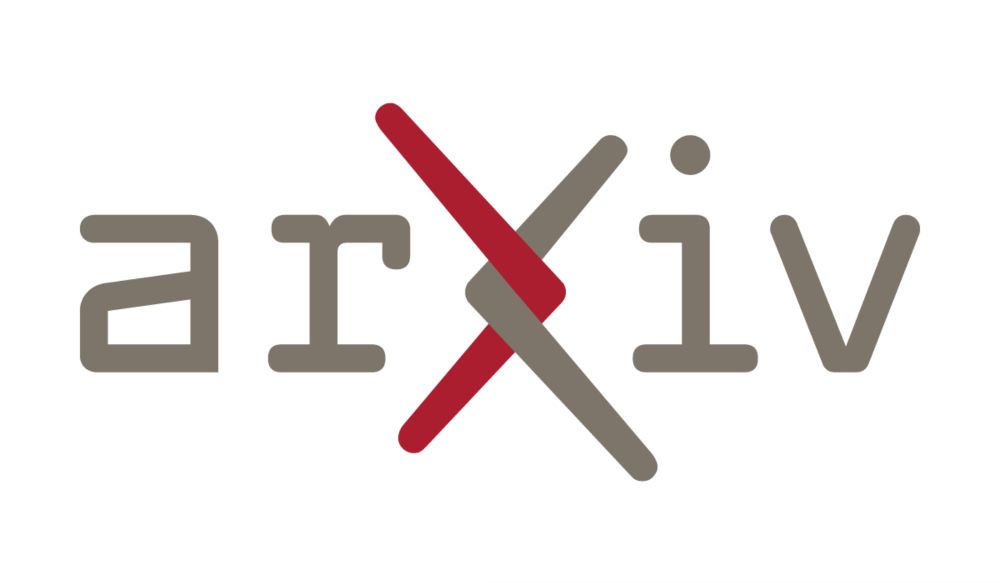We are devastated to learn that Patrick Gaulme ((@patrickgaulme.bsky.social) has passed away. He had an illustrious career in planetary and red giant seismology and was an Astronomer for SDSS-IV. He was awarded Architect status in SDSS-IV for all of his work on observations.
21.07.2025 15:16 — 👍 1 🔁 1 💬 0 📌 0
Thank you!
13.07.2025 00:11 — 👍 5 🔁 0 💬 0 📌 0
With the release of DR19 of @sdssurveys.bsky.social we published a suite of tutorials to help astronomers use the data. I’d like to highlight two tutorials that are a little different and are targeted at introductory astronomy undergrad classes. 1/4
11.07.2025 13:08 — 👍 8 🔁 3 💬 1 📌 1
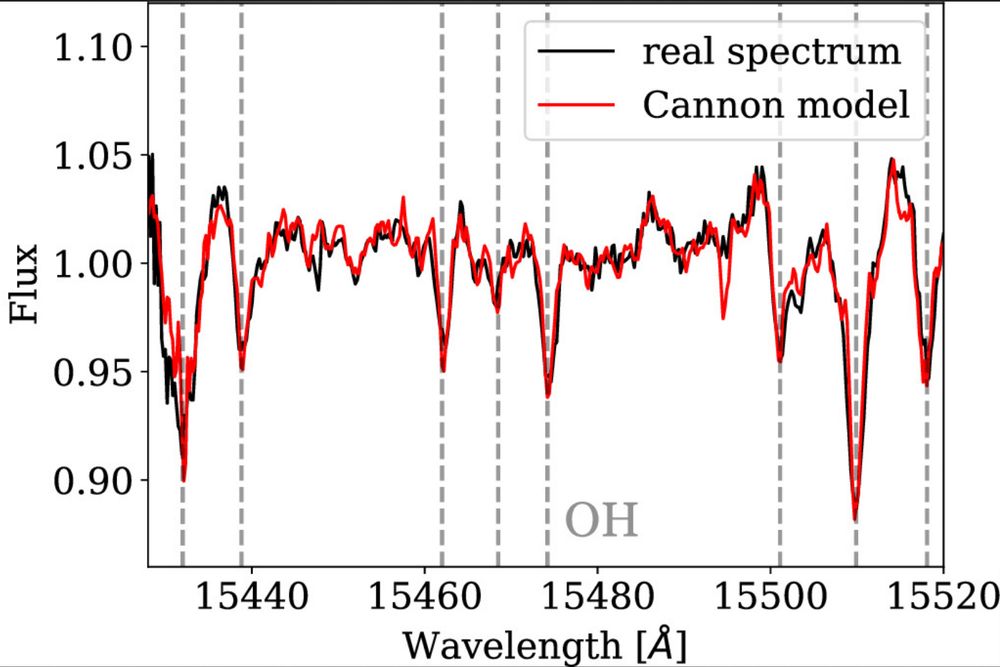
M-dwarf infrared spectrum in black, and model fit in red, showing good agreement. This figure is taken from Behmard et al. 2025, and their M-Dwarf VAC is available in DR19 from https://www.sdss.org/dr19/data_access/value-added-catalogs/, together with 8 other DR19 brand-new value added catalogs.
DR19 also includes nine brand-new Value Added Catalogs (VACs). These catalogs are based on SDSS-V spectra and data products, and produced by SDSS-V collaboration members. Find these 9, and the 67 VACs from earlier data releases all here: www.sdss.org/dr19/data_ac... #DR19
11.07.2025 10:48 — 👍 1 🔁 0 💬 0 📌 0

This image shows the Local Volume Mapper data of the Helix Nebula. The round fibers are arranged into a hexagon, and are coloured by combining emission lines of sulphur (red), hydrogen (green) and oxygen (blue). Image credit: Aida Wofford, and you can find this image and others on the SDSS-V image gallery: https://www.sdss.org/science/image-gallery/. Make a version of this image yourself with the tutorial on https://www.sdss.org/dr19/lvm/tutorials/
In DR19, Local Volume Mapper are releasing a tile of the Helix Nebula as a preview into future data releases. They also have a tutorial to guide you through using the data: www.sdss.org/dr19/lvm/tut... #DR19
11.07.2025 10:19 — 👍 3 🔁 0 💬 0 📌 0

This image shows the Orion Nebula as observed by Local Volume Mapper, and published in Kreckel et al. 2024 (https://ui.adsabs.harvard.edu/abs/2024A%26A...689A.352K/abstract). Different emission lines (hydrogen, silicon and oxygen) are represented with different colour, tracing the ionisation structure of the nebula, carving a bubble in the surrounding dense gas shown by WISE 12micrometer imaging. The ionized gas emission traces wispy, filamentary structures and dusty eroding clouds and clumps. Figure taken from https://www.sdss.org/dr19/lvm/about/.
@localvolumemapper.bsky.social is an integral-field spectroscopic survey of the Milky Way, the Magellanic Clouds, and other Local Volume Galaxies. Read more about what they are doing here: www.sdss.org/dr19/lvm/abo... #DR19
11.07.2025 10:18 — 👍 2 🔁 1 💬 1 📌 0

This image shows at the bottom a cartoon of an Active Galactic Nucleus, with X-rays produced by the central hot corona, and then the accretion disc and broad line region clouds further out. The top shows three images highlighting the science that Black Hole Mapper is focusing on, with X-ray follow-up in the centre, and reverberation mapping and multi-epoch spectroscopy located above the broad line regions on either side. Figure taken from https://www.sdss.org/dr19/bhm/about/
All @blackholemapper.bsky.social science programs are available here, www.sdss.org/dr19/bhm/pro..., and they include time domain programs such AQMES (All-Quasar Multi-Epoch Spectroscopy and reverberation mapping, X-ray follow-up programs.
11.07.2025 10:03 — 👍 1 🔁 1 💬 1 📌 0
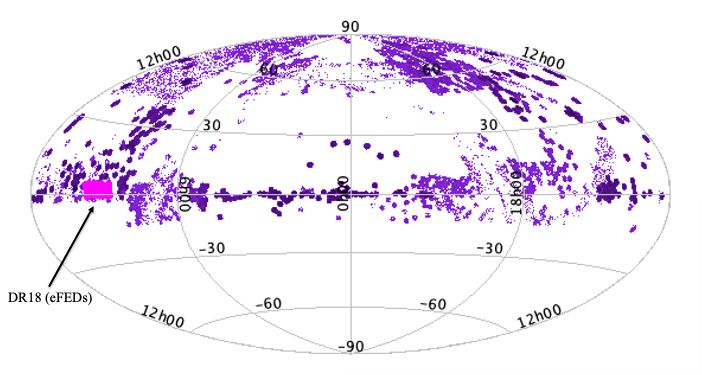
This image shows the location of Black Hole Mapper targets on the sky, with each purple point depicting an object. All fields are in the North taken with the Sloan Telescope at Apache Point Observatory in New Mexico, US. Fields in the South by the du Pont Telescope at Las Campanas Observatory will be part of the next data release, DR20. There is a pink blob around right ascension = 9 hours, which are the eFEDS fields (eROSITA Full Equatorial Depth Survey) released in DR18. Figure taken from https://www.sdss.org/dr19/bhm/
@blackholemapper.bsky.social had already released a few spectra in DR18, but they are going all out for DR19, with lots of galaxy and quasar spectra #DR19
11.07.2025 10:02 — 👍 2 🔁 2 💬 1 📌 0
YouTube video by Sloan Digital Sky Surveys
Mapping the chemistry of our Galaxy with SDSS
Also, check out his amazing video visualising the @milkywaymapper.bsky.social survey on our YouTube Channel, by Szabolcs Mészáros of the MWM Survey Calibration working group: www.youtube.com/watch?v=H5w2...
11.07.2025 09:44 — 👍 7 🔁 7 💬 0 📌 0
See www.sdss.org/dr19/mwm/pro... for all the science that Milky Way Mapper is doing, and see www.sdss.org/dr19/tutoria... for a set of tutorials to get started working with our data #DR19
11.07.2025 09:43 — 👍 3 🔁 0 💬 1 📌 0
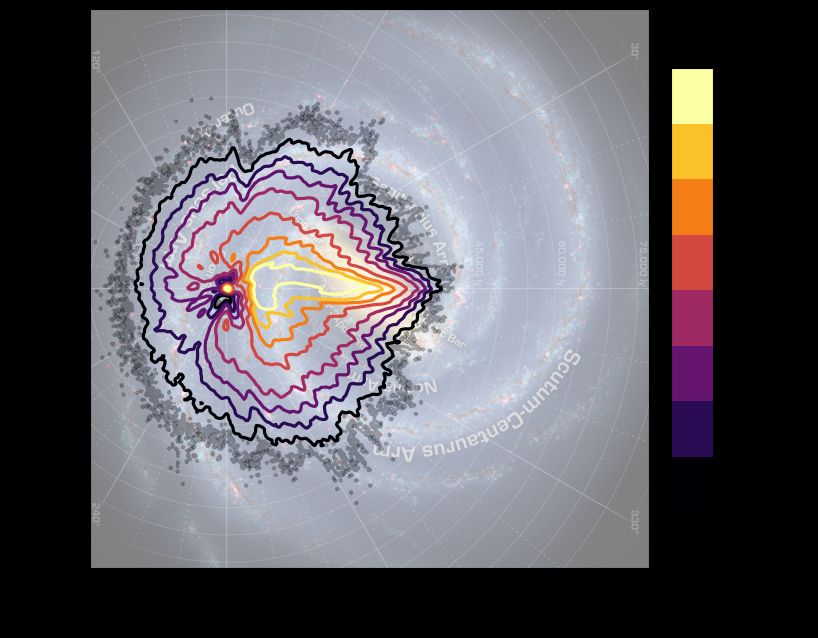
This image has in the background an artist impression of the Milky Way, face on, featuring its spiral arms. On top with contours we have the number density of target stars for Milky Way Mapper's Galactic Genesis program. The target density is higher closer to the Sun's location, and towards the Galactic Bulge. Image taken from https://www.sdss.org/dr19/mwm/programs/gg/, with image credit to Jon Bird for the target density contours, and Robert Hurt/NASA for the Milky Way image.
DR19 is the first big data release for SDSS-V, and the first time @milkywaymapper.bsky.social is featured: this mapper loves stars because stars are cool (or hot), but also because they can tell us how the Milky Way formed www.sdss.org/dr19/mwm/abo... #DR19
11.07.2025 09:42 — 👍 3 🔁 1 💬 1 📌 0
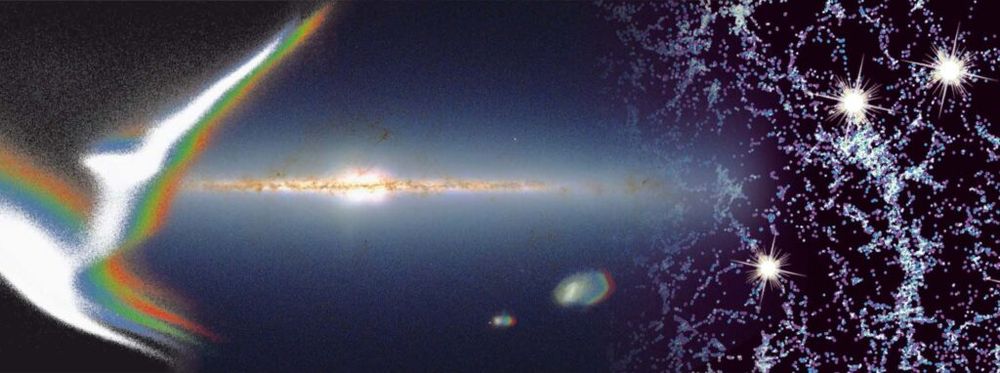
The figure is the banner from the SDSS website www.sdss.org. In the middle it has an image of the Milky Way, showing the bulge, disc and dust lanes. On the left we see an stylised version of the Hertzsprung Russel diagram, while on the right the image transforms into the cosmic web. This image showcases the range of science covered by the three mapper programs in SDSS-V.
Yesterday we released our nineteenth data release into the wild: www.sdss.org/dr19, let’s now take a closer look on what is in this data release. #DR19
11.07.2025 09:35 — 👍 32 🔁 12 💬 1 📌 2
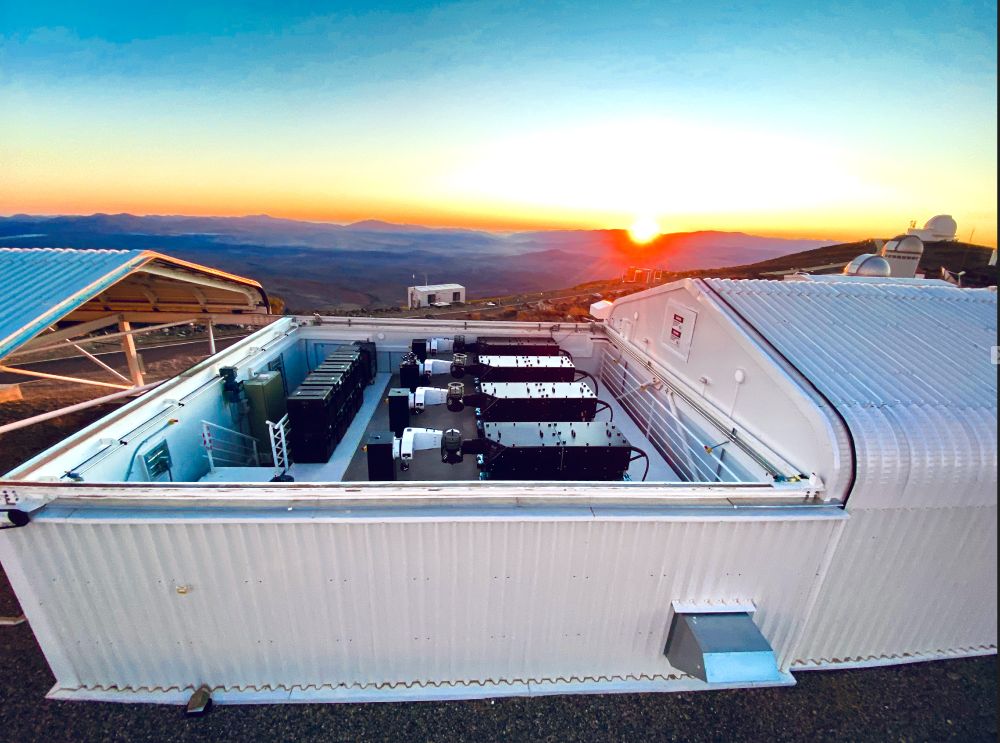
🔭LVM is a robotic SDSS facility at Las Campanas Observatory in Chile’s Atacama Desert mapping the interstellar medium of the Milky Way and nearby galaxies✨
Get an eye on LVM with our image gallery: www.sdss.org/science/imag...
11.07.2025 05:04 — 👍 7 🔁 5 💬 0 📌 0

The SDSS-V DR19 is now online at www.sdss.org 🎉
For the first time, LVM data is released.
Get a sneak peak into LVM data and download our amazing LVM tile of the Helix Nebula!✨
A tutorial showing how to access, read in, and work with the data is available here: www.sdss.org/dr19/lvm/tut... 💻
11.07.2025 05:08 — 👍 6 🔁 2 💬 0 📌 0
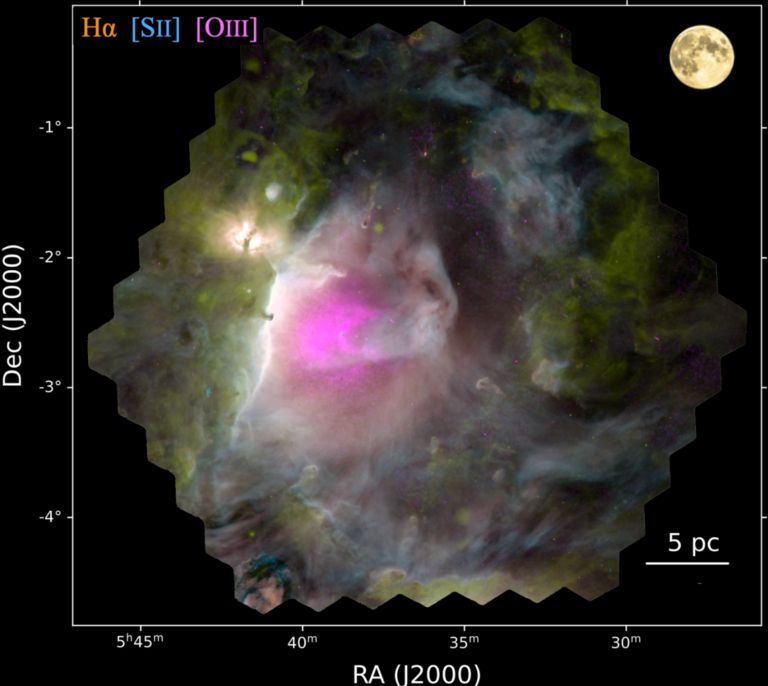
Discover the ✨amazing✨ possibilities of LVM in this image of IC 434 in the Orion constellation, featuring the Horsehead Nebula emerging on the left (credit: ui.adsabs.harvard.edu/abs/2024A%26...).
Find more information here: sdss.org/robotic-tele...
10.07.2025 15:01 — 👍 7 🔁 2 💬 1 📌 0
Almost done... #DR19
10.07.2025 13:41 — 👍 0 🔁 0 💬 1 📌 0
So many webpages........
10.07.2025 13:02 — 👍 2 🔁 1 💬 1 📌 0
(This is @amweijmans.bsky.social posting for #DR19 day 😀)
10.07.2025 09:14 — 👍 0 🔁 0 💬 0 📌 0
In the meantime, do visit our three mappers! @milkywaymapper.bsky.social, @blackholemapper.bsky.social and @localvolumemapper.bsky.social will also be posting about what's new for them in #DR19. Give them a follow!
10.07.2025 09:11 — 👍 1 🔁 0 💬 1 📌 0
There is lots of work happening behind the scenes today to get #DR19 out into the public, so bear with us. We'll let you know when all the data, documentation and tutorials will be available.
10.07.2025 09:10 — 👍 0 🔁 0 💬 1 📌 0
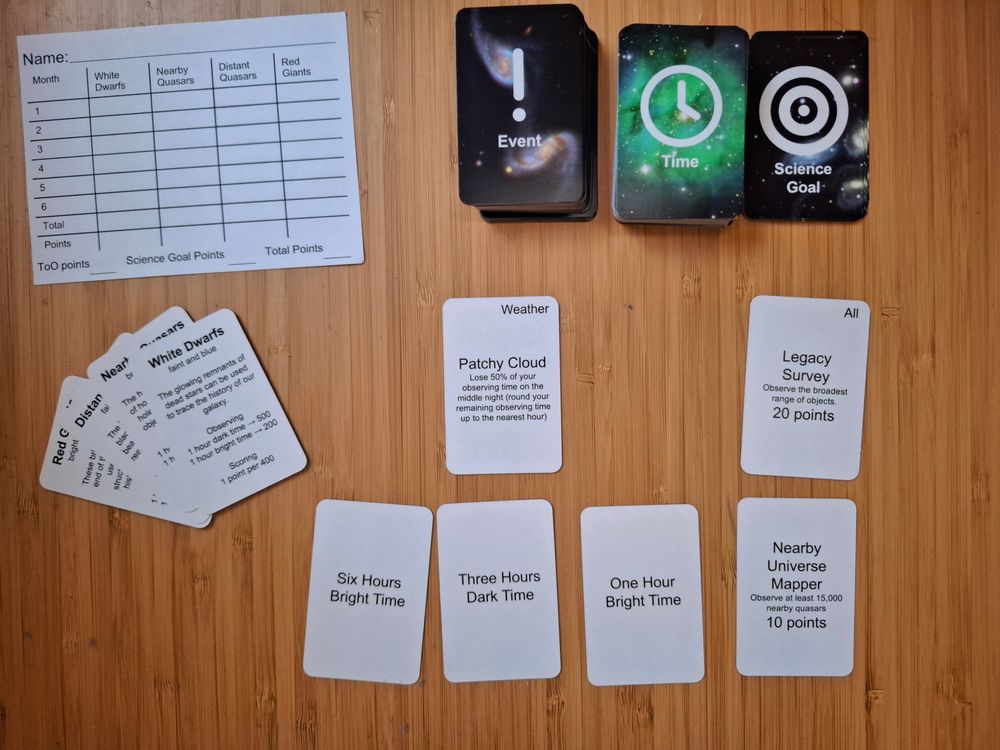
Decks of cards marked Event, Time and Science Goal. Some of the cards lie face up. A scoresheet lies next to the cards.
How do astronomers decide that objects to observe? You and your students can now map the cosmos with our new card game.
We've distributed copies of to several SDSS institutions and anyone can download and print their own copy from the link below
voyages.sdss.org/hands-on-act...
06.06.2025 12:14 — 👍 31 🔁 9 💬 0 📌 2
Want to hear about how SDSS scientists are studying huge bubbles and shockwaves in the Milky Way and beyond?
Then come to our public talk next Wednesday evening at Haus der Astronomie in Heidelberg. The talk will be in German
26.05.2025 13:19 — 👍 1 🔁 3 💬 0 📌 0
We love to see it Alex! Congratulations!
Because nucleosynthesis is still spectacular! #barbenheimerstar
21.02.2025 17:10 — 👍 4 🔁 0 💬 0 📌 0
If you have a chance to see the incredible @emilyjogriffith.bsky.social give a Planetarium talk -- DO IT!!!!
She is one of our fearless leaders in SDSS working toward understanding our Milky Way!
21.02.2025 17:02 — 👍 7 🔁 1 💬 0 📌 0
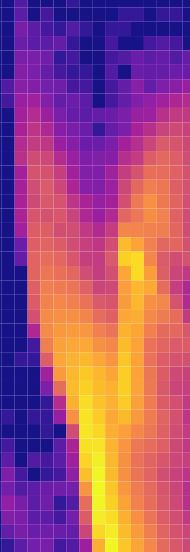
Happy Valentine's Day to everyone who loves stars and sees nothing but 💗 in their CMDs, HRDs, MHDs, PhDs, etc.
15.02.2025 01:00 — 👍 6 🔁 0 💬 0 📌 0

The return-on-investment for the SDSS surveys is truly extraordinary.
It is mid-scale, it is efficient, it is open, it is reasonable, it is diverse, it is inclusive.
All of the data is returned to all of humanity for the benefit all of humanity.
Join us!
12.02.2025 18:23 — 👍 13 🔁 2 💬 0 📌 0
Dad, husband, astrophysicist, dog herder. Samuel T. and Fern Yanagisawa Regents Professor in Astronomy at UT Austin. This is a personal account and the views expressed in my posts here are mine. https://mrbk.github.io
Gaia group @ Universitat de Barcelona (UB) Dpt FQA, Institut de Ciències del Cosmos (ICC), Institut d'Estudis Espacials de Catalunya (IEEC) https://gaia.ub.edu/ Gaia is an astrometric mission of the European Space Agency https://www.cosmos.esa.int/web/gaia
Member of @sdssurveys.bsky.social.
The Local Volume Mapper is an optical, integral-field spectroscopic survey that will target the Milky Way, Small and Large Magellanic Clouds, and other Local Volume galaxies.
More information on: https://www.sdss.org
Editor. Science writer. Astronomer. Birder.
Astronomer, data scientist, underqualified programmer
Senior Lecturer in Data Science and Astronomy at the University of Hertfordshire
Astrofísico
Santiago - Chile
Computational Astrophysicist and Assistant Professor @uarizona.bsky.social & @stewardobservatory.bsky.social. #Forbes30u30, Science 2021. He/Him. carlnotsagan.github.io.
Drinking coffee, watching black holes grow. z=0.
TV Writer - Person of Interest, Law & Order, Teen Titans, Jackie Chan Adventures, etc. Proud WGA Member. Pro-Democracy. Anti-Evil.
Tenure-track astronomer at STScI/JHU working on galaxies, machine learning, and AI for scientific discovery. Opinions my own. He/him.
Website: https://jwuphysics.github.io/
Emeritus professor of astronomy at the University of Nottingham. Too frequent appearances on YouTube. All my own views.
Professor of astrophysics at UNC, studying colliding black holes, swarming stars, and other things that go bump in the night. Big fan of transit, biking, climbing, Durham NC, he/him
dynamics.unc.edu
asst prof | astronomy PhD | MSU | https://adina.feinste.in
Black hole astrophysicist at Villanova. Formerly: MIT, Boston University, Harvard, Kenyon College | X-rays | husband | dad of 2 | cooking. He/him. Skeets are my own.
(he/him)
Astronomer;
Leads the Nearby Universe group at the Flatiron Institute / CCA;
Asst. Director of Scientific Software @ Simons Foundation;
Astropy;
Music;
https://adrian.pw
Astrophysicist studying how supermassive black holes affect galaxies (s/h). I get overly enthusiastic about space (and cats) on YouTube: http://www.youtube.com/drbecky
Science: https://orcid.org/0000-0003-2767-0090. Fiction: https://www.galacticwords.com Words in Year’s Best Cdn F&SF Vol 2, Nature:Futures, Analog, Utopia SF, MNRAS, ApJ, etc. Runner, knitter, curler. 🇨🇦 & minor planet 281067. She/her.






